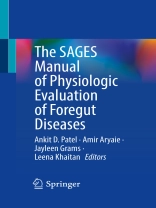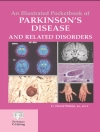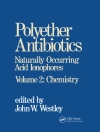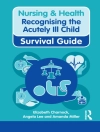Esophageal and gastric pathology are challenging, and the underlying physiology is complex. Advanced diagnostic testing is extensive, and the results can often be difficult to interpret. The impact of these findings on tailored treatment modalities has evolved as a result. This manual is therefore designed to present a comprehensive review of the various esophageal and gastric functional pathologies, diagnostic modalities and treatment options.
Chapters included here focus on challenging functional pathologies encountered by both gastroenterologists and surgeons. Diagnostic modalities that are currently available are discussed, with accompanying deep analysis of the potential results. Within each chapter, clinical scenarios, testing/treatment options and a review of the literature for each option are included. Chapters will also focus on how to collaborate between specialties and develop a complex GI motility center, as well as the effect of common prior procedures on subsequent physiologic findings.
No comprehensive resource currently exists that discusses the physiologic evaluation of foregut diseases, and none present an algorithmic approach to the management of these scenarios. This unique manual addresses and provides guidance to the approach, geared towards both gastroenterologists and surgeons.
Tabella dei contenuti
Introduction.- Anatomy & Physiology of the Esophagus.- Anatomy & Physiology of the Stomach.- Effect of obesity on foregut physiology.- Diagnostic Testing.- Diagnostic imaging.- High resolution manometry w/ and w/o impedance.- Endo/Eso FLIP.- p H testing.- Endoscopy.- Foregut Motility Disorders.- Achalasia.- Ineffective esophageal motility.- Distal esophageal spasm.- Jackhammer esophagus.- Secondary esophageal motility disorders.- Esophagogastric junction outflow obstruction.- Gastric outflow obstruction.- Gastroparesis.- Rapid gastric emptying (Dumping syndrome).- Absent peristalsis.- Normal Physiologic findings after hiatal hernia repair and fundoplication.- Normal Physiologic findings after bariatric surgery.- Normal Physiologic findings after esophageal myotomy.- Physiology after bariatric surgery.- Pathology/symptom Based.- Barretts Esophagus.- Gastroesophageal reflux disease.- Laryngopharyngeal Reflux.- Esophagitis.- Eosinophilic Esophagitis.- Paraesophageal hernia.- Primary dysphagia.- Persistent dysphagia after prior anti-reflux procedure.- Persistent dysphagia after esophageal myotomy.- Recurrent reflux after prior fundoplication.- Reflux after prior myotomy.- Reflux after bariatric surgery.- Duodenal switch.
Circa l’autore
Ankit D. Patel, MD, Department of Surgery, Emory University School of Medicine, Atlanta, GA, USA
Amir Aryaie, MD, BMI Surgical Institute, Atlanta, GA, USA
Jayleen Grams, MD, Department of Surgery, University of Alabama at Birmingham, Birmingham, AL, USA
Leena Khaitan, MD, Department of Surgery, University Hospitals, Cleveland Medical Center, Cleveland, OH, USA












